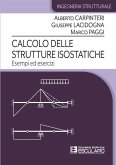
19,95 €
Sofort per Download lieferbar
eBook, ePUB
7. Juli 2023
Società Editrice Esculapio
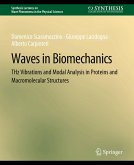
Broschiertes Buch
THz Vibrations and Modal Analysis in Proteins and Macromolecular Structures
2. Dezember 2021
Morgan & Claypool / Springer / Springer International Publishing / Springer, Berlin
978-3-031-01486-4
| eBook, PDF | 40,95 € |
53,49 €**
40,95 €
**Preis der gedruckten Ausgabe (Broschiertes Buch)
Sofort per Download lieferbar
VersandkostenfreiÄhnliche Artikel
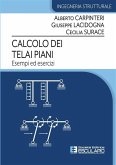
18,95 €
Sofort per Download lieferbar
eBook, ePUB
20. Juli 2023
Società Editrice Esculapio
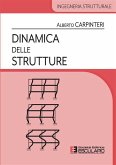
14,95 €
Sofort per Download lieferbar
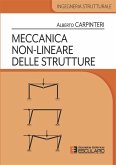
13,95 €
Sofort per Download lieferbar
eBook, ePUB
16. Juni 2023
Società Editrice Esculapio
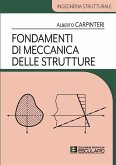
17,95 €
Sofort per Download lieferbar
eBook, ePUB
23. August 2023
Società Editrice Esculapio
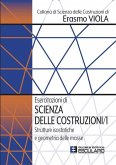
19,95 €
Sofort per Download lieferbar
eBook, ePUB
5. Juli 2023
Società Editrice Esculapio
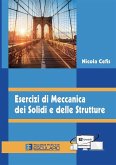
18,95 €
Sofort per Download lieferbar
eBook, ePUB
1. Juli 2020
Società Editrice Esculapio
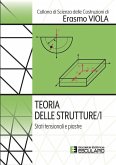
25,95 €
Sofort per Download lieferbar
eBook, ePUB
25. Juli 2023
Società Editrice Esculapio

20,95 €
Sofort per Download lieferbar
eBook, ePUB
25. August 2023
Società Editrice Esculapio
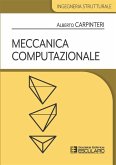
23,95 €
Sofort per Download lieferbar
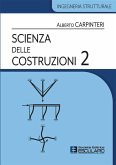
17,95 €
Sofort per Download lieferbar
Ähnlichkeitssuche: Fact®Finder von OMIKRON
